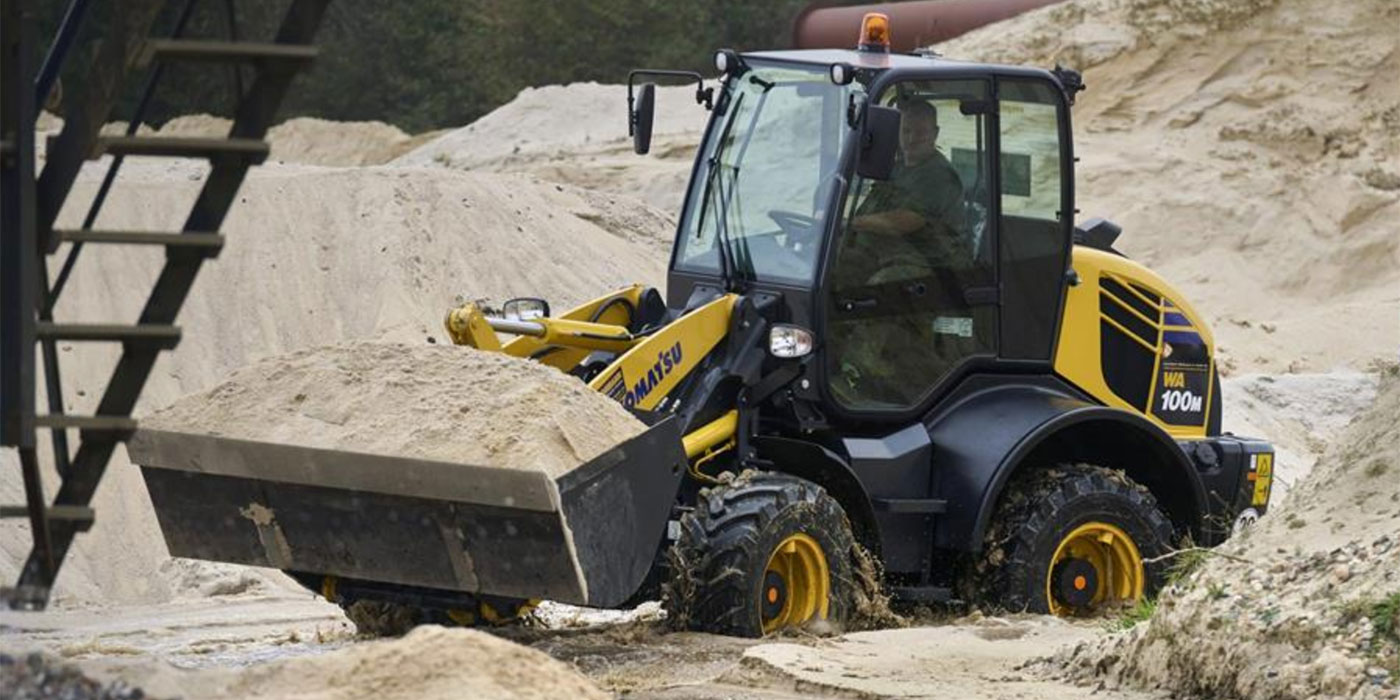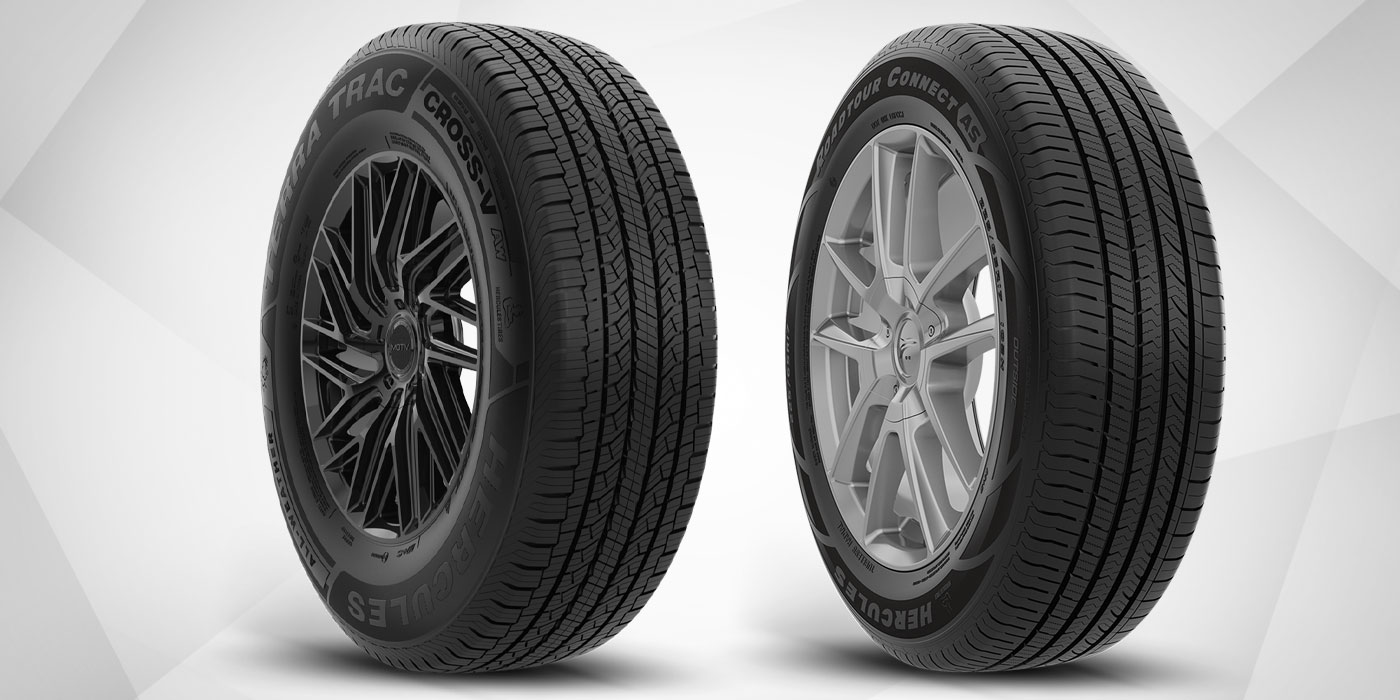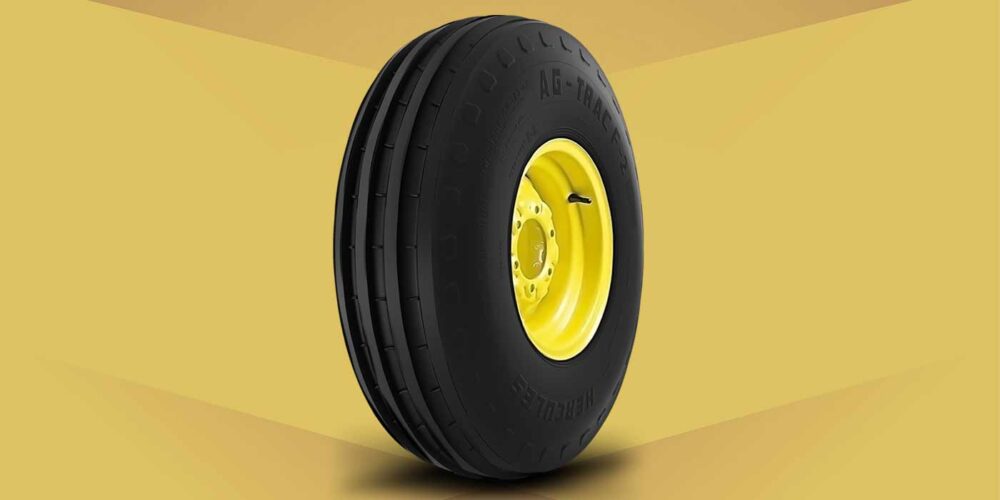Well thought-out and properly executed tire programs have many benefits.
Not so long ago, the emphasis was on avoiding unscheduled tire replacement, road calls and single tire purchases from unfamiliar suppliers. Tire reliability and casing durability have improved to the point where multiple retreads are common, provided inflations are maintained and needed repairs are attended to promptly.
Beyond these basics, axle specific tire brand/model choices, inflation maintenance and vehicle alignment can significantly affect vehicle handling and fuel economy.
While overall truck ride has improved markedly with the widespread use of taper-leaf springs, air ride suspensions and the use of modern technology shock absorbers, it has historically been treated as a manage-by-exception issue. Driver complaints tend to trigger most efforts to improve or correct ride.
The Technology and Maintenance Council offers an excellent diagnostic guide: (RP 648) Troubleshooting Ride Complaints. The basic procedure is to distinguish between tire/wheel issues and driveline problems, with breakdowns in each category.
Now new evidence has surfaced that strongly suggests what some tire engineers have believed for years: there are fuel economy and energy conservation benefits to be derived from smoother riding trucks, specifically from smoother riding tire/wheel assemblies.
Historically, the industry has addressed vibration reduction by simply balancing mounted tire/wheel assemblies. Typically, lead weights are attached to the rim flange area, based on either a single plane or dual plane imbalance measurement. These are often mistakenly referred to as “static” or “dynamic” balancing respectively. But there are concerns to this approach. First, balancing machines tend to be expensive and should be maintained and calibrated periodically to maintain accuracy.
Multiple servicing locations require multiple machines. Lead has already been outlawed for use in new motor vehicles in Europe and suitable replacement metals are less dense, therefore larger in size. This worsens the current issues of balance weight retention and galvanic corrosion on truck wheels, especially an issue on aluminum rims.
Secondly, traditional balancing addresses only the rotating tire/wheel assembly and does nothing to reduce or dampen the road shock inputs transferred to the chassis suspension pick-up points. Measuring this shock transfer isn’t as difficult as one might imagine. A vertical accelerometer mounted to a spindle end or suspension to frame mounting point gives a good indication. Reducing these shock forces as early as possible in their progression from the road/tire interface to the chassis logically improves ride, conserves energy and is easier on upstream components such as suspension bushings, cab mounts, even headlight filaments.
Several companies offer dry materials, designed to be placed inside the tire cavity when mounting, that offer a level of truck ride superior to that obtained with traditional exterior add-on weights. Another claimed advantage is the ability of these materials to redistribute as tires wear, thereby extending take-off mileages and resisting the development of irregular wear. This may be a logical advantage considering that a typical 295/75R22.5 drive tire sheds approximately 30 lbs. of tread rubber from new to take-off at approximately 5/32-inch tread depth remaining. There-fore, even the most perfect traditional lead weight balance on new tires becomes overcompensation, or unbalance, in later stages of wear.
Indications are that traditional balancing may give way to improved and more energy-efficient ways of obtaining a smoother ride along with cost savings. Any consistent fuel economy advantage is worth exploring in today’s operating environment.













